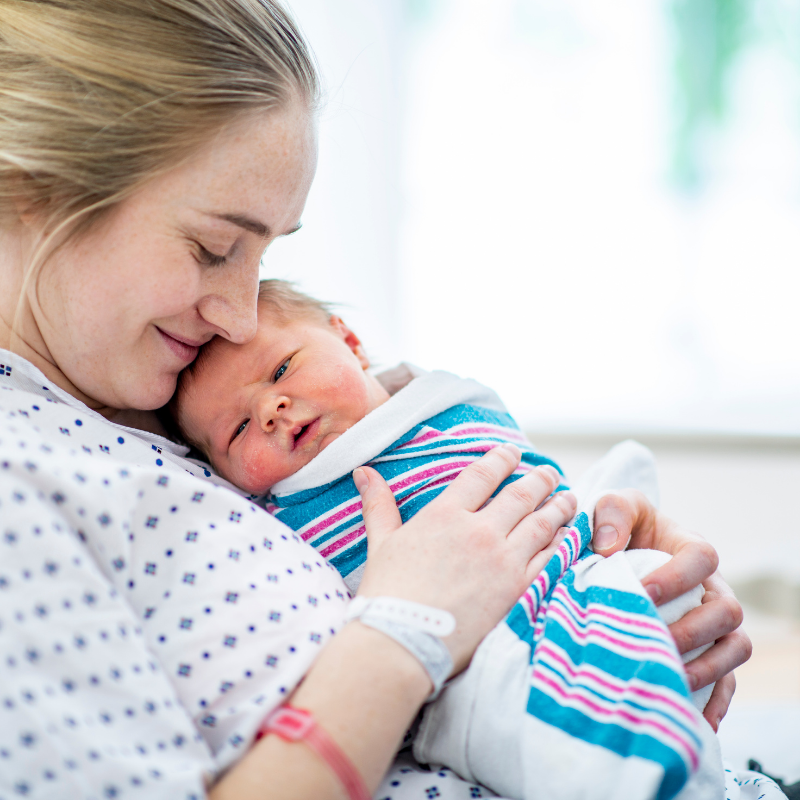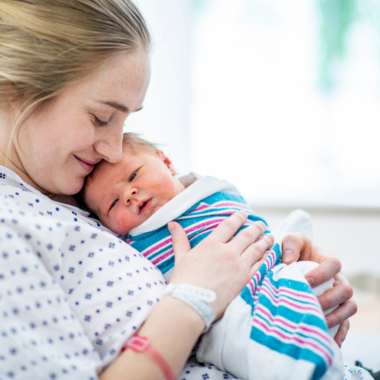Pregnancy changes a woman’s body in A LOT of ways. The weight gain, stretch marks, hyperpigmentation, and of course the ever-increasing sore breasts. Let’s talk about the breasts- one minute you have firm perfect breasts and the next minute, it’s spilling out of your C-cup bra like Winnie the pooh’s belly.
The visible changes some women notice in their breasts after weaning their baby actually starts in pregnancy. This is the major reason why your post-breastfeeding breasts might look and feel different from your pre-pregnancy breasts. The level of these changes differs among women – for some, it might be a drastic change while others might experience little or no changes at all due to the elasticity of the breasts.
How breasts change during pregnancy
Pregnancy hormones are responsible for the changes in the breast so they should be held accountable and brought to book! All in favor, say ‘Aye! If you are against, we have nothing to say to you… lol. The particular hormones responsible for changes in the breasts are Estrogen and Progesterone. Estrogen prompts the secretion of the hormone prolactin which enlarges the breasts and stimulates the production of milk while progesterone causes the breast to increase in size by stimulating the milk cells within the breast.
These hormonal changes lead to increased blood circulation; meaning more blood is carried to the breasts. This is when the breasts become fuller thereby causing the ligaments to stretch. Also, the veins in the breasts become more visible, stretch marks may make an appearance and the nipples begin to look darker and bigger. That’s a lot!
Recommended: 7 Physical Changes During Pregnancy And What They Mean
How breasts changes during breastfeeding
To produce a generous amount of milk for babies to feed, your breasts have to go through an endless cycle of inflating and deflating. The tissues of the breasts become denser when it’s engorged and shrinks after breastfeeding. The nipple may also become droopy.
How the breast changes after breastfeeding
- The nipple becomes smaller and less dark. They return to their normal size and become brighter.
- The veins that appear on the breast due to increased blood flow and the stretch marks begin to disappear until they are barely visible.
- The breasts may shrinks. For some women, the breasts become smaller and saggy after breastfeeding.
- Lumpy breasts: Having lumpy breasts after breasteeding might be as a result of the breastmilk drying up. Lumpy breasts are common in women who stop breastfeeding abruptly instead of weaning over a period of time.
- Your breasts may not be equal in size after breastfeeding: In some women, one breast produces more milk than the other when nursing, this breast becomes bigger and expands more than the other. This can result to unevenness of the breast after weaning.
How to care for your breasts during and after breastfeeding
- Wear a supporting bra to prevent sagging
- Use stretch mark creams to reduce the appearance of stretch marks
- Avoid smoking to maintain your breast elasticity
- Apply a lanolin nipple cream to avoid and heal cracking or bleeding of the nipples
Related: Breast Milk Supply Shortage? 5 SIMPLE Things To Do Immediately
When to see a doctor
Contact your doctor immediately if you notice a lump on your breasts. Nipple discharge, inverted nipple, lumps, etc. are breast cancer symptoms you should be wary of. If your nipples feel sore, strong, or burn, you need to see a doctor as it may be a sign of nipple thrush – a fungal infection caused by Candida albicans.
Don’t overlook any pain you feel in your breasts at any time. Do self-examinations frequently and do your best to eat right and stay healthy during the breastfeeding stage.
- How Setting Postpartum Boundaries made me lose my brother - February 6, 2025
- How To Revive Your Sex Life After Baby - October 17, 2023
- The Sona App Aims To Make Your Child “Sleep Like A Baby” And We Tested It - May 14, 2023








